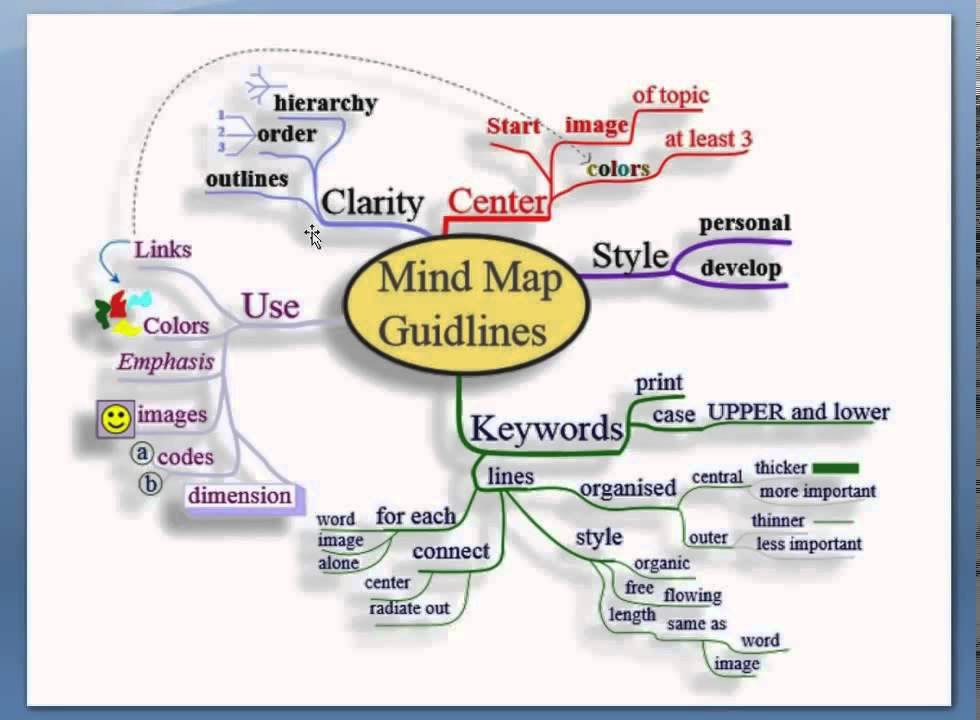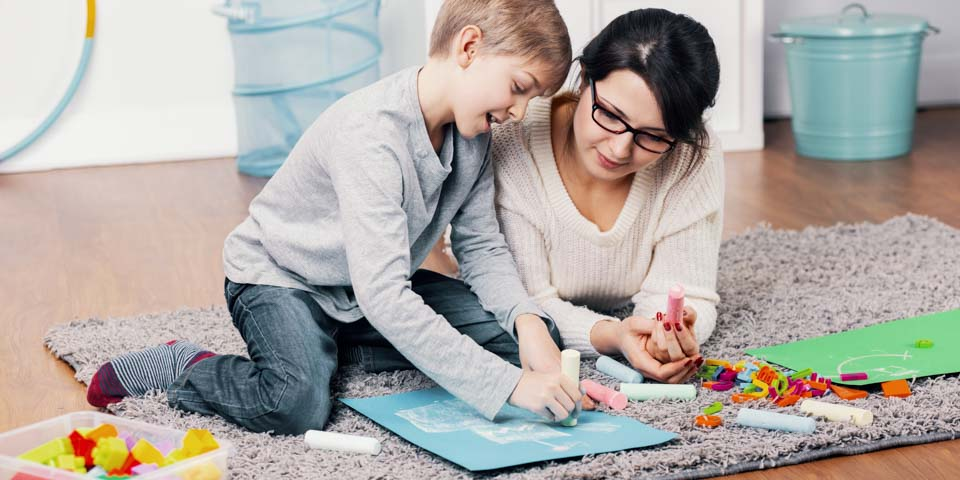Today, memory problems are a big issue for many students across the world. Unlike adults, school-age children are continuously bombarded with new knowledge in different areas of life (both the ones they may and may not have interest in). Sadly, many students struggle to study and demonstrate the mastery of this new knowledge due to many factors, including distractions, individual learning styles, lack of effective study strategies, and inability to grasp new concepts easily. To address these problems, one effective solution is to try using mind mapping techniques.
- What exactly are mind mapping strategies and how can they help students improve their memory retention ability?
- What are the most effective approaches for creating a mind map?
- How exactly can students apply mind mapping techniques with creative thinking?
As you read on, you’ll find all you need to know about these aforementioned mind mapping-related questions.
What exactly is mind mapping and how exactly does it benefit students?
Mind mapping is a visual strategy that helps students to organize new ideas and information around a central theme. With the right technique, students will have a more structured format to capture various concepts and break them down into smaller components for better assimilation.
Today, using the right mind mapping techniques can benefit students in the following ways:
- First, mind mapping helps to improve students’ retention ability. According to research, students only get to retain a fraction of what they learn in school. With mind mapping, learning and retaining knowledge become better for learners. According to industry experts, students’ ability to retain information can improve by up to 15% with the right mind mapping techniques.
- Learning new concepts often becomes difficult for students due to many factors, including cognitive load, unfamiliarity, and inability to connect new knowledge with pre-existing one. As a student, you can always address this issue by taking advantage of mind mapping. With the right technique, mind mapping will help you visually organize new ideas and information and connect them with existing ones. This won’t only address cognitive overload but also assist you in seeing the bigger picture.
- Another good thing about the best mind mapping techniques is that they make learning more engaging for learners. Mind mapping uses visual and interactive approaches, which certainly appeal to different learning styles. By creating a mind map, a learner tends to participate actively and organize new ideas in simpler forms for better understanding.
Effective tips on how to create mind maps
The following tips will help you structure your mind map the right way:
- First, you need to start by identifying the primary topic of a lesson. After identifying the main topic, the next step requires you to place it in a central bubble.
- Now, who ahead and add subtopics with different branches from the central bubble. Of course, each sub-topic should represent the key category of ideas that relate to the main topic.
- Each branch should have additional in-depth information, which further defines the depth of content of your mind map.
3 mind mapping techniques you should know about
- Brainstorming
A brainstorming mind map is a visual representation of ideas, which are created during a brainstorming session. This mind mapping technique often commences with a central idea, which further branches out into different (but related) concepts. With a brainstorming technique, you can easily create a structured and well connected map of thoughts.
- Note-taking
You can also take advantage of mind mapping techniques to take notes:
- One effective approach involves the use of library maps. This technique will help you organize everything you certainly want to know about a new topic.
To use library maps for note taking, you need to create one node in the center. This node should represent the main idea of the note. Next, you need to create supporting ideas with branches that come out of the central node. Of course, these branches need to have their own details added.
We recommend the use of library mind maps when summarizing a lecture or creating visual outlines for an essay that focuses on different ideas regarding a topic.
- Brace map is another effective mind mapping technique for taking notes. To create brace maps, the first thing you need is to list your main ideas on the left. Next, create a curly bracket in front of each main idea and then list related items on the right. Continuously do this until you finish taking your note.
The best time to use brace maps is when you’re looking to create illustrating hierarchy of something or interested in learning the different parts of an object.



